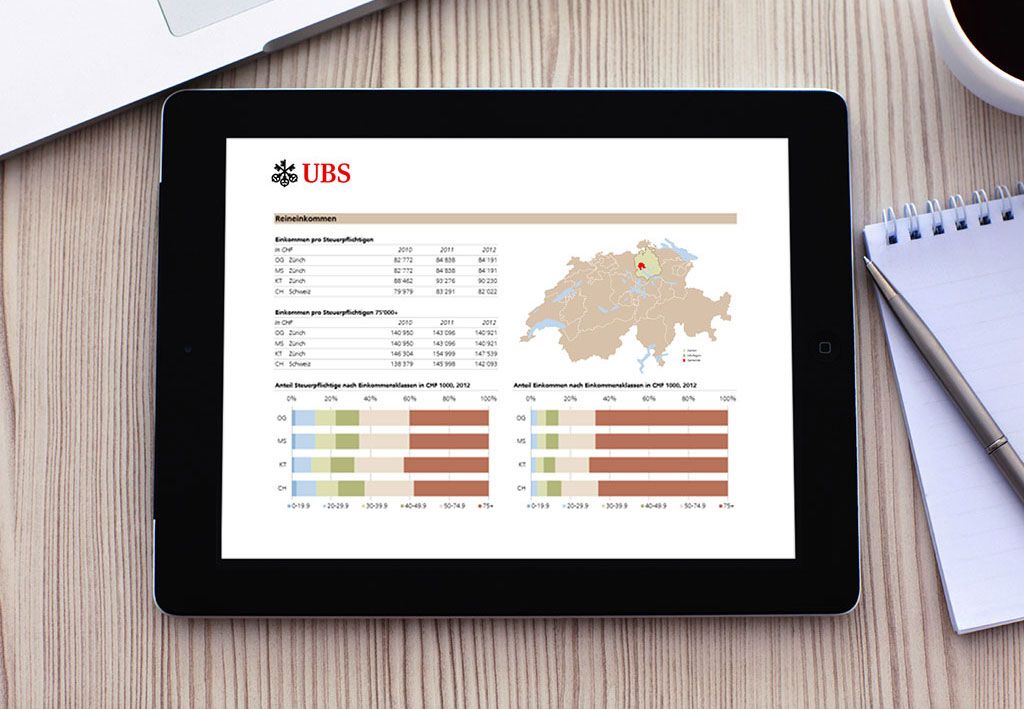When it comes to home ownership, a good location comes at a price, writes UBS in its online magazine – and presents facts on the choice of location with a checklist.
When buying a home, decisions have to be made: What type of property am I looking for and how should it be equipped? How can I finance it? And the location is always of great influence, because it determines the price considerably and has just as great an impact on the quality of life, depending on what you want.
The hotel magnate Conrad Hilton is reported to have once said on the subject of success factors in the hotel business: “First the location, second the location and third the location!” Since then, this triad has become a standing term in the real estate industry when it comes to pricing a property.
What makes a good location?
On the one hand, there are generally applicable criteria, such as noise pollution or an unobstructed view. However, the individual living situation – today and in the future – is just as important for the location decision. For a family, nearby schools and leisure activities for children are probably more important, while an older couple is more likely to look for good medical care in the area.
Locations that are considered attractive by the majority of the population have a strong impact on the price of a plot of land and thus of a detached house, apartment building or condominium. A low tax burden in a municipality also makes plots more expensive, but the financial advantages outweigh this in the longer term.
UBS checklist for assessing the situation
UBS has published a checklist as a PDF in its online magazine that helps in the search for the “ideal property”. It helps buyers to think about the following points in a qualified manner:
- Distance to work, day-care centres, kindergartens and schools
- Accessibility by public and private transport
- Infrastructure such as shopping facilities, health care from pharmacies to doctors’ and dentists’ surgeries to hospitals, post offices and banks, sporting and cultural facilities.
- View, sunlight, noise and other immissions; also risks from environmental events such as floods or avalanches
- Economic strength of the region and job opportunities
- Tax burden
- Development of prices and population as well as building activity. This point is often underestimated, because in a shrinking municipality the infrastructure usually deteriorates in the medium to long term.
The attractiveness of rural areas continues to increase
When assessing the situation, it is also important to take current developments and changes in preferences into account. UBS writes: “Only a few years ago, urbanisation was steadily increasing, and as a result, real estate prices rose in and around the major centres. The pandemic and, more importantly, the resulting increased trend towards more home offices, led on the one hand to a certain easing of real estate demand in the big cities and on the other hand to an increased attractiveness of agglomeration communities and, even more so, of well-developed rural areas.
While the coronavirus will sooner or later lose its significance, the situation with flexible forms of work is different: even before the pandemic, the Federal Office for Spatial Development assumed that the proportion of employed people who work partly from home could increase from 28 percent in 2015 to 37 percent in 2030. More home offices also mean that longer distances to the employer will become less important and thus properties in rural areas will be increasingly sought after.
The rising demand for real estate in agglomerations and rural areas has been clearly reflected in the statistics since 2020 – an example of this is the St. Galler Rheintal with a price increase of 5 percent for single-family homes in 2020.
While urbanisation is clearly slowed down, both agglomerations with clear price differences to the centres and rural areas with good transport connections become more attractive. In the case of peripheral or tourist regions, those that promote good conditions for location-independent working are gaining in importance for property buyers.”
Fakten zur Wunschgemeinde

Location and location are two important factors when buying residential property. The Real Estate Factsheet from UBS answers many questions about your desired community.
If you would like to know how property prices or the population in a municipality have developed, how a location is generally rated, how high the tax burden is, the UBS Municipality Guide will help you – compact and free of charge.
A competent partner when buying or selling a property increases the chances of success
And finally, a discreet note on our own behalf: In the current environment and with the extremely tight supply, the search for and purchase of high-quality residential property is a demanding, elaborate and complex matter. The involvement of a reputable estate agent helps to minimise one’s own effort and to significantly improve the chances of success.
Wüst und Wüst has local roots and an international network. We specialise in the professional marketing of high-quality residential property in German-speaking Switzerland.
The competent and experienced teams at our offices in Küsnacht/Zurich, Zug and Lucerne guarantee a high level of local market expertise.
Our exclusive partnership with the global real estate network ‘Christies International Real Estate‘ opens the door to the world for Wüst and Wüst’s clientele.


